The Simple Charm of Murraya Paniculata
Native to South and Southeast Asia, Murraya Paniculata thrives well in warm climates and requires little upkeep. Its thick leaves and abundant flowers make it a favourite among gardeners looking for a beautiful and fragrant garden plant.
Ready to transform your garden with this compact shrub? Here's a complete guide to help you get started.
How to Plant Murraya Paniculata?
Following these planting tips will ensure your plant grows well, producing lush leaves and fragrant flowers for your garden or hedge:
- Choosing a good location is key when planting this fragrant plant. Select a place with full sun to partial shade for optimal growth.
- As with most shrubs, plant in well-drained soil with lots of organic matter for the best growth.
- Ensure you are watering properly and frequently, but don't overwater to prevent erosion.
- This plant prefers warm and humid conditions but can tolerate various climates.
Why Should You Buy Murraya Paniculata?
The fragrant flowers of Mock Orange not only enhance the garden's appearance, but also contribute to its aromatic and pleasant atmosphere. Mock Orange also brings several other benefits.
- Fragrant Blooms: Produces clusters of fragrant white flowers that attract pollinators.
- Low Maintenance: Requires minimal care, making it suitable for busy lifestyles.
- Versatile Use: Ideal for hedging, borders, and standalone pieces.
- Adaptability: Thrives in various climates and soil types.
How to Care for Murraya Paniculata?
Taking care of Mock Orange ensures it flourishes with vibrant beauty and aromatic blossoms. Here’s how:
- When it comes to efficient fertilisation, use a balanced slow-release fertiliser in spring and summer for the best growth.
- It's also essential to prune regularly to maintain the desired shape and encourage new growth.
- Check for aphids, scale, and other pests, and treat immediately with neem oil or insecticidal soap.
- Apply a layer of mulch around the base to retain moisture and prevent weeds.
Things to Consider When Growing Murraya Paniculata
The Mock Orange plant is a worthwhile addition to any garden — it provides fragrant flowers and evergreen foliage, making for an appealing hedging plant, it's fast growing, drought tolerant, low maintenance, and easily attracts pollinators like butterflies and bees. The small fruits it bears also attract birds.
But to ensure optimal growth, it only makes sense to consider every factor when planting this evergreen shrub. First is its tendency to be invasive. If not manage properly, it can spread quickly and overshadow neighbouring plants. This brings us to another factor: regular pruning. Mock Orange is low maintenance but it needs to be pruned on a regular basic to maintain its shape and prevent overgrowth, which, as mentioned, leads to invasion.
This plant can also be targeted by pests, weakening the plant if not monitored and remedied. In addition to pests, it's sensitive to frost so it may need protection when grown in colder climates.
Treating Murraya Paniculata for Pests and Diseases
As mentioned, Mock Orange, despite being hardy, can attract pests sometimes, including aphids, whiteflies, and scale insects. You'll spot these troublesome pests by the tell-tale signs of stunted or deformed growth, damaged underside of leaves, and sights of small bumps on the stems and leaves.
To treat your plant from pests infestation, solutions like neem oil and mild insecticidal soap usually help manage the problem. Yellow sticky traps can also be effective to deal with white flies, and so is horticultural oil to deal with scale insects. Root rot can also lead the plant to deteriorate if not salvaged on time. Ensure the soil is not too damp, prune affected roots, and adjust your watering habits to save the plant.
Where Can I Buy Murraya Paniculata?
Ready to transform your garden and expand your outdoor space with Murraya Paniculata? Look no further than the Local Botanist. Explore our green products and bring the joy of nature to your doorstep!
Check out our Plantastic Delivery section for more shipping information.
Companion Plants for Murraya Paniculata
Ready to design your own garden? You then need other plants to grow alongside Mock Orange. When selecting companion plants, it's best to consider those that thrive in similar conditions to ensure a healthy, thriving garden. Here are some great options:
- French Lavender: The purple blooms of lavender gives a charming contrast when paired with Mock Orange's white blooms. Plus, they're both fragrant plants.
- Gardenia Florida: Gardenia Florida and Mock Orange grow in similar conditions, making them great garden buddies. Even better, they create stunning, fragrant combination when planted together.
- Westringia Zena: This hardy plant also offers white flowers; an ideal addition if you want another set of white blooms to give your garden a sophisticated touch, perhaps when designing a formal garden.
- Lavandula The Princess: The deep pink flowers of this Australian bred lavender is set to make your garden a haven of colours when planted with Mock Orange, alongside gardenias and other lavenders. This variety of hues is reminiscent of cottage gardens.
| Weight | 2 kg |
|---|---|
| Pot Size | 140mm pot, 200mm pot, 300mm pot, 400mm pot |
Detailed Information
| Typical height | Up to 3 metres |
|---|---|
| Minimum temperatur tolerance | Frost-sensitive, prefers temperatures above 5°C |
| Climate | Thrives in warm, humid climates however adaptable to a range of conditions |
| Light conditions | Full solar to partial colour |
| Growth habit | Dense, bushy boom with sleek green leaves and clusters of fragrant white plants. The plant grows in a symmetrical sample, developing an elegant and plush look. |
| Growth conditions | Requires properly-draining soil, slight water, and can tolerate numerous soil kinds and conditions. |
Q: Where is the best location to grow Murraya Paniculata?
Plant Murray Paniculata in well-draining soil, ideally in the full sun to partial shade. These plants thrive in hot, humid climates and benefit from regular watering during the dry season.
Make sure the soil remains adequately moist, especially during and after planting. They can tolerate light snow but prefer warmer conditions.
Q: How much sun should Murraya Paniculata get?
Murrah Paniculata prefers full sun to partial shade. While it can tolerate strong sunlight, providing some shade during hot climates can prevent leaf burn and maintain plant health.
Q: What is the ideal fertiliser for Murraya paniculata?
Use a slow-release fertiliser with an NPK ratio of 10-10-10 or similar for Murraya Paniculata. Apply sparingly during the growing season (spring and summer) to avoid overfeeding.
Enrich the soil with organic matter like well-rotted compost to enhance growth. Make sure the plants receive adequate sunlight, water, and drainage for optimal results.
Q: What garden styles are Murraya paniculata best for?
This plant is suitable for a variety of garden styles:
Formal gardens – Its dense growth makes it ideal for structured gardens, which are usually characterised by neat hedges and topiaries.
Cottage gardens – Mock Orange’s fragrant flowers make it a great addition to informal, whimsical cottage gardens.
Mediterranean Gardens – Mediterranean Gardens are best known for housing drought tolerant plants, making Mock Orange a great fit.
Tropical Gardens – Mock Orange is also great for a tropical-themed garden thanks to its glossy, green foliage and white blooms. It also thrives in warm climates and grows well with other tropical plants.
Coastal Gardens – This plant is tolerant of dry soil and coastal conditions, as well as salt, making it ideal for coastal-themed gardens as well.
Mock Orange
Murraya Paniculata
- In stock
- Delivery within 1-3 days based on location.
- Local pickup by appointment only
- Delivery Fees and Minimum Purchase
Murraya Paniculata, usually called Mock Orange, is a versatile, aromatic evergreen. Known for its clusters of shiny foliage and aromatic white flowers, this plant makes an appealing selection for hedges, borders and grassy facilities.
Synonyms: Orange Jessamine, Orange Jasmine, China Box
Payment methods
Your payment information is processed securely. We do not store credit card details nor have access to your credit card information.


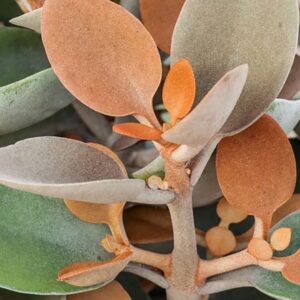


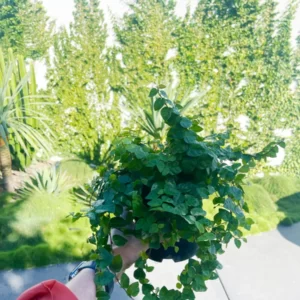
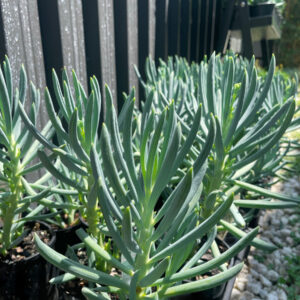
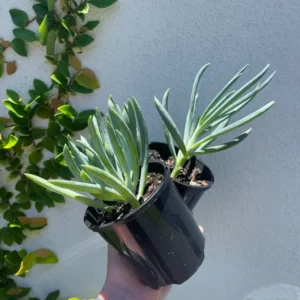
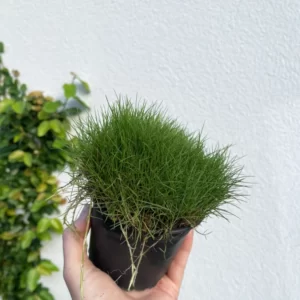


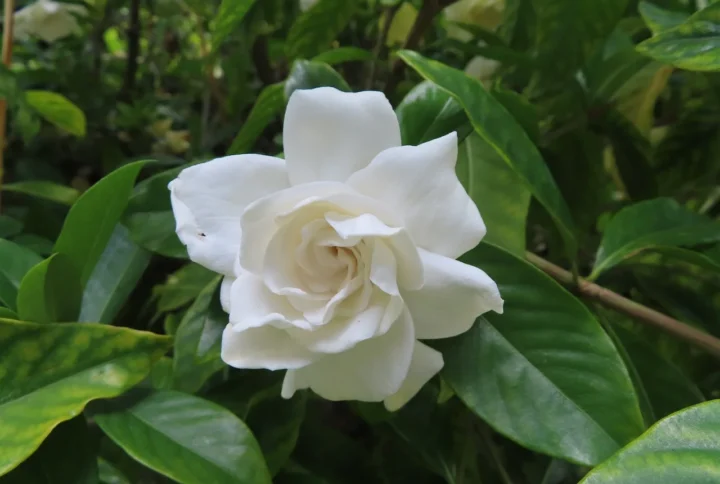
Reviews
There are no reviews yet.